Best Places to Visit in Iceland
You will experience nature on a symphonic scale in Iceland’s myriad waterfalls, glaciers, and back-of-beyond corners.

Watch the Northern Lights in the Golden Circle
The dreamy Golden Circle boasts the three most impressive natural wonders in the world. These are at the top of the best places to visit in Iceland. In Thingvellir, two tectonic plates diverge in a rift valley, turning the site into a geological playground. You will observe photogenic rock outcrops and huge faults. Aside from nature-watching, Thingvellir offers a peek into the island’s human heritage as the site of the parliament from the 10th century. An hour away, Geysir astonishes with its constant dynamism. Here, water erupts constantly from dawn to dusk. Last but not least, the final destination of the Golden Circle, Gulfoss Waterfall, is beyond imagination. It gushes down on earth on two stages, offering the ultimate spectacle for photographers. The picture-perfect capital Reykjavik is the take-off point for the route, from where you will watch epic views of the Northern Lights.
Soak in Adventure in Vatnajokull
Vatnajokull is the largest ice cap outside the poles. And for Iceland, it means adventure in bulks. On the outside, the terrain of Vatnajokull is rugged with ice blocks covering active volcanoes and mountains. The park is particularly famous for its hiking and trekking routes, and bolder activities appealing to outdoor sports enthusiasts. Each of its 30 outlet glaciers has a unique appearance, which makes the scene in Vatnajokull all the more spellbinding. Within the national park are some of the best places to visit in Iceland in terms of views and soft adventure.

Visit the Wondrous South Coast
Taking a road trip across the southern coast of Iceland is enough to see the island’s sheer wow factors. Things get boundlessly wild here, from abysmal cliffs tumbling on silky beaches to immense waterfalls. Head to Reynisfjara beach for the ultimate cinematic backdrop of the barren coast. The painstakingly perfect stacks of Reynisdrangar will take your breath away, rising over the black sand beach. The ethereal Skogafoss and Seljalandfoss waterfalls will take the scene one step further. The villages here are also the best places to experience local culture. Have a glimpse at the cozy Icelandic turf houses, visit a few museums of folk culture, and celebrate the island’s traditions shaped by nature. Eyjafjallajökull glacier is the perfect finishing touch for South Coast tours. It has a valuable place among the best places to visit in Iceland.
Must-See Sights in Iceland
Here is everything you need to know about the best places to visit in Iceland.

| Reykjavik, on the coast of Iceland, is the country’s capital and largest city. It’s home to the National museums, tracing Iceland’s Viking history. |
Why You Should Visit:
Discover Iceland’s vibrant capital city, where you can explore world-class museums, indulge in delicious Icelandic cuisine, and soak in natural hot springs.
Don’t Miss:
-Visit the iconic Hallgrímskirkja church and enjoy panoramic views of the city from the tower.
-Take a dip in one of the city’s many geothermal pools, such as the famous Blue Lagoon.
-Explore the city’s vibrant arts and culture scene, including the Harpa Concert Hall and the many galleries and museums.
Keep in Mind:
-The weather in Iceland can be unpredictable, so make sure to bring appropriate clothing.
-The city is quite small and can be explored on foot, but it’s also easy to rent a bike or take public transportation.
-Prices in Iceland can be higher than in other European countries, so be prepared for this when budgeting for your trip.

| The South Coast of Iceland holds some of the most beautiful natural attractions in Iceland, boasting a unique mix of volcanoes and glaciers. |
Why You Should Visit:
Witness Iceland’s stunning natural beauty along the South Coast, where you’ll find towering waterfalls, black sand beaches, and breathtaking glaciers.
Don’t Miss:
-Marvel at the spectacular waterfalls, including Seljalandsfoss, Skogafoss, and the lesser-known Gljufrabui waterfall.
-Walk along the black sand beaches, such as Reynisfjara and Dyrholaey, and witness the stunning rock formations and basalt columns.
-Visit the Jokulsarlon Glacier Lagoon, where you can see icebergs floating in the lagoon and take a boat tour to get up close with the ice.
Keep in Mind:
-The drive along the South Coast can take longer than expected due to weather conditions, so plan accordingly.
-There are many waterfalls and scenic stops along the way, so allow time for exploring..
-Some of the roads may be closed in winter, so check road conditions before setting out on your journey.

| Vatnajökull is the largest and most voluminous ice cap in Iceland, and the second largest in area in Europe after the Severny Island. |
Why You Should Visit:
Experience the majesty of Iceland’s largest glacier, Vatnajokull, where you can hike, snowmobile, and explore ice caves.
Don’t Miss:
-Take a glacier hike or ice cave tour to explore the many glaciers and ice formations in the area.
-Visit the stunning Diamond Beach, where icebergs that have washed ashore sparkle like diamonds in the sun.
-Take a scenic flight over the glaciers for a bird’s eye view of the incredible landscapes.
Keep in Mind:
-Vatnajokull is a large glacier, so it’s best to take a guided tour to explore it safely.
-The weather can change quickly, so dress in layers and be prepared for cold and windy conditions.
-It’s important to respect the fragile environment of the glacier and follow any instructions from your guide.

| Besides being a location of historical significance, Thingvellir is also protected as a national park due to its unique geology. |
Why You Should Visit:
Visit Thingvellir National Park, where you can walk between the tectonic plates, explore ancient Viking sites, and marvel at the natural beauty of Iceland.
Don’t Miss:
-Walk through the rift valley where the North American and Eurasian tectonic plates meet, and see the dramatic landscape that has formed as a result.
-Visit the Oxararfoss waterfall, one of the park’s most picturesque spots.
-Learn about Iceland’s history and culture at the park’s visitor center and museum.
Keep in Mind:
-The park is a popular spot for hiking and camping, so plan accordingly if you want to spend more time there.
-There are many historical and cultural sites within the park, so allow time to explore them.
-The park is a UNESCO World Heritage Site, so it’s important to be mindful of the environment and follow any regulations in place.

| Akureyri is a small city in northern Iceland. It is Iceland’s second-largest urban area and fourth-largest municipality. |
Why You Should Visit:
Discover Iceland’s charming second city, Akureyri, where you can enjoy unique cultural experiences, outdoor adventures, and scenic views of the surrounding mountains and fjords.
Don’t Miss:
-Visit the Botanical Garden and enjoy the vibrant collection of plants and flowers from around the world.
-Take a stroll through the town’s colorful streets, and admire the charming architecture and cozy cafes.
-Visit the Akureyri Church, a stunning landmark that offers incredible views of the town and the surrounding landscape.
Keep in Mind:
-The town is located in the northern part of Iceland, so the weather can be colder than other parts of the country.
-There are many outdoor activities available, such as skiing and hiking, so make sure to pack appropriate gear.
-Akureyri is a popular tourist destination, so it can get crowded during peak season. Plan ahead to avoid long lines or sold-out activities.

| The Grábrók crater was formed in a fissure eruption less than 3000 years ago. Grábrók is the largest of the craters on a 600 m-long fissure. |
Why You Should Visit:
Take a short hike up to the top of this volcanic crater for breathtaking views of the surrounding landscape.
Don’t Miss:
-Hike to the top of the crater for panoramic views of the surrounding area.
-Explore the lava fields and other volcanic formations in the area.
-Learn about the history and geology of the volcano at the nearby visitor center.
Keep in Mind:
-The hike up to the top of the volcano can be challenging, so make sure to wear appropriate footwear and bring water.
-The views from the top are stunning, so bring a camera to capture the scenery.
-The area is protected, so make sure to stay on designated paths and follow any regulations in place.

| Myvatn is a shallow eutrophic lake situated in an area of active volcanism in the north of Iceland, not far from Krafla volcano. |
Why You Should Visit:
Explore the surreal, otherworldly landscape of this volcanic lake, dotted with bubbling mud pools, steaming vents, and strange rock formations.
Don’t Miss:
-Visit the Myvatn Nature Baths and relax in the geothermal waters surrounded by beautiful scenery.
-Explore the many hiking trails around the lake and witness the unique landscapes, including volcanic craters and steam vents.
-See the impressive Hverfjall crater, one of Iceland’s most iconic volcanic features.
Keep in Mind:
-The area is a popular spot for bird watching, so bring binoculars if you’re interested in seeing the wildlife.
-The hot springs in the area are geothermal and can be quite hot, so be careful when approaching them.
-The landscape around the lake is otherworldly and unique, so take time to explore and appreciate the scenery.

| On the north side of Iceland’s Lake Myvatn, this geothermal wonder of hot sulfuric mud springs and steam springs is amazing. |
Why You Should Visit:
Witness the power of Iceland’s geothermal activity at this geothermal field, where boiling mud pots and hissing steam vents create an unforgettable spectacle.
Don’t Miss:
-Walk around the colorful geothermal area and see the many steam vents and bubbling mud pots.
-Visit the nearby Krafla volcano and explore the otherworldly landscapes.
-Learn about the geology and science of geothermal activity at the nearby visitor center..
Keep in Mind:
-The geothermal area is unique and otherworldly, but also fragile, so it’s important to respect the environment and follow any regulations in place.
-The area can be quite smelly due to the sulfur, so be prepared for this.
-The ground can be unstable, so stay on designated paths and avoid wandering off into dangerous areas.
Iceland FAQ
What are the best places to see the Northern Lights in Iceland?
Iceland is one of the world’s top destinations for experiencing the magical Northern Lights, also known as Aurora Borealis. The best places to see the Northern Lights in Iceland are away from city lights, with clear skies and high solar activity. Some of the top locations to see this natural wonder include Reykjavik, Thingvellir National Park, Akureyri, and the Snaefellsnes Peninsula. You can also go on Northern Lights tours and stay in cozy cabins to maximize your chances of seeing this spectacular show of lights.
How many days do I need to visit Iceland?
The ideal length of a trip to Iceland depends on your travel preferences and what you want to see and do. For a basic visit to Iceland’s most popular attractions like the Golden Circle, South Coast, and Reykjavik, a minimum of 4-5 days is recommended. However, to fully explore and experience all that Iceland has to offer, including off-the-beaten-path destinations, outdoor activities like hiking and glacier climbing, and visiting the Westfjords or North Iceland, 7-10 days or more would be better.
What are the must-see attractions in Reykjavik?
Reykjavik, Iceland’s capital city, is a charming destination with plenty of attractions to explore. Some of the must-see attractions in Reykjavik include the Hallgrimskirkja Church, a striking landmark and the tallest building in Iceland; the Harpa Concert Hall and Conference Centre, known for its stunning glass facade; the National Museum of Iceland, which showcases the country’s history and culture; and the iconic Sun Voyager sculpture, located on the waterfront. Visitors can also take a stroll through the charming streets of the city center, visit the vibrant Reykjavik Harbour, or relax in one of the many geothermal pools and spas.
What are the best waterfalls to visit in Iceland?
Iceland is known for its stunning waterfalls that attract thousands of visitors each year. Some of the most popular waterfalls to visit include Gullfoss, Seljalandsfoss, and Skogafoss. Gullfoss, also known as the “Golden Falls,” is a two-tiered waterfall located on the Hvita River and is one of Iceland’s most famous waterfalls. Seljalandsfoss is a picturesque waterfall that visitors can walk behind, offering a unique perspective of the falls. Skogafoss is another popular waterfall that is over 60 meters tall and creates a large mist cloud that often forms a beautiful rainbow on sunny days. Other notable waterfalls in Iceland include Dettifoss, Svartifoss, and Godafoss, each offering their own unique beauty and charm.
What are the best glaciers to see in Iceland?
Iceland is home to some of the largest glaciers in Europe, and they are a must-see attraction when visiting the country. One of the most popular glaciers to visit is Vatnajökull, located in southeastern Iceland. This massive glacier covers an area of over 8,000 square kilometers and is the largest ice cap in Iceland. Other popular glaciers to visit include Sólheimajökull, which is easily accessible from the Ring Road, and Langjökull, which is the second-largest glacier in Iceland and offers snowmobiling tours for adventurous visitors. Jökulsárlón, a glacial lagoon located at the edge of Vatnajökull, is also a popular spot for visitors to see chunks of ice break off from the glacier and float out to sea.
Can I visit ice caves in Iceland?
Yes, visitors can explore ice caves in Iceland. The ice caves are formed by glaciers and can be found throughout the country. However, they are only accessible during the winter months when the ice is more stable and safe to enter. The most popular ice cave in Iceland is the Crystal Ice Cave located in Vatnajökull National Park. Other notable ice caves include the Katla Ice Cave, the Langjökull Ice Cave, and the Blue Ice Cave. It is recommended to visit ice caves with a tour guide or a local expert as they can provide necessary equipment and ensure the safety of the visitors.
What are the best black sand beaches in Iceland?
Iceland is known for its dramatic landscapes and unique geological formations, including its stunning black sand beaches. One of the most popular black sand beaches is Reynisfjara, located on the South Coast of Iceland near the town of Vik. Other notable black sand beaches include Diamond Beach, located near the Jokulsarlon glacier lagoon, and the lesser-known Stokksnes Beach in the southeast. Each of these beaches offers visitors the chance to experience the raw beauty of Iceland’s coastline and witness the powerful forces of nature at work.
Are there any active volcanoes in Iceland?
Yes, there are several active volcanoes in Iceland. In fact, Iceland is located on the Mid-Atlantic Ridge, which is a tectonic boundary where two plates are moving apart, making it one of the most volcanically active places on Earth. Some of the most famous and active volcanoes in Iceland include Eyjafjallajökull, which famously erupted in 2010, and Hekla, which has erupted over 20 times since Iceland was first settled. However, while these volcanoes can be fascinating to observe, they can also be dangerous, and visitors should always pay attention to any warnings or alerts from local authorities before venturing near them.
What are the best places to go whale watching in Iceland?
Iceland is known as one of the best places in the world for whale watching, with several locations around the country offering opportunities to see these magnificent creatures. The most popular destinations for whale watching are Reykjavik, Husavik, and Akureyri. Reykjavik, the capital city of Iceland, offers tours that take you out to Faxafloi Bay, where you can see minke and humpback whales, dolphins, and porpoises. Husavik, located in the north of Iceland, is often called the “whale-watching capital of Europe” and offers tours that take you to the open waters of Skjalfandi Bay, where you can see humpback and blue whales. Finally, Akureyri, located in the north of Iceland, offers tours that take you to Eyjafjordur Fjord, where you can see humpback whales and white-beaked dolphins.
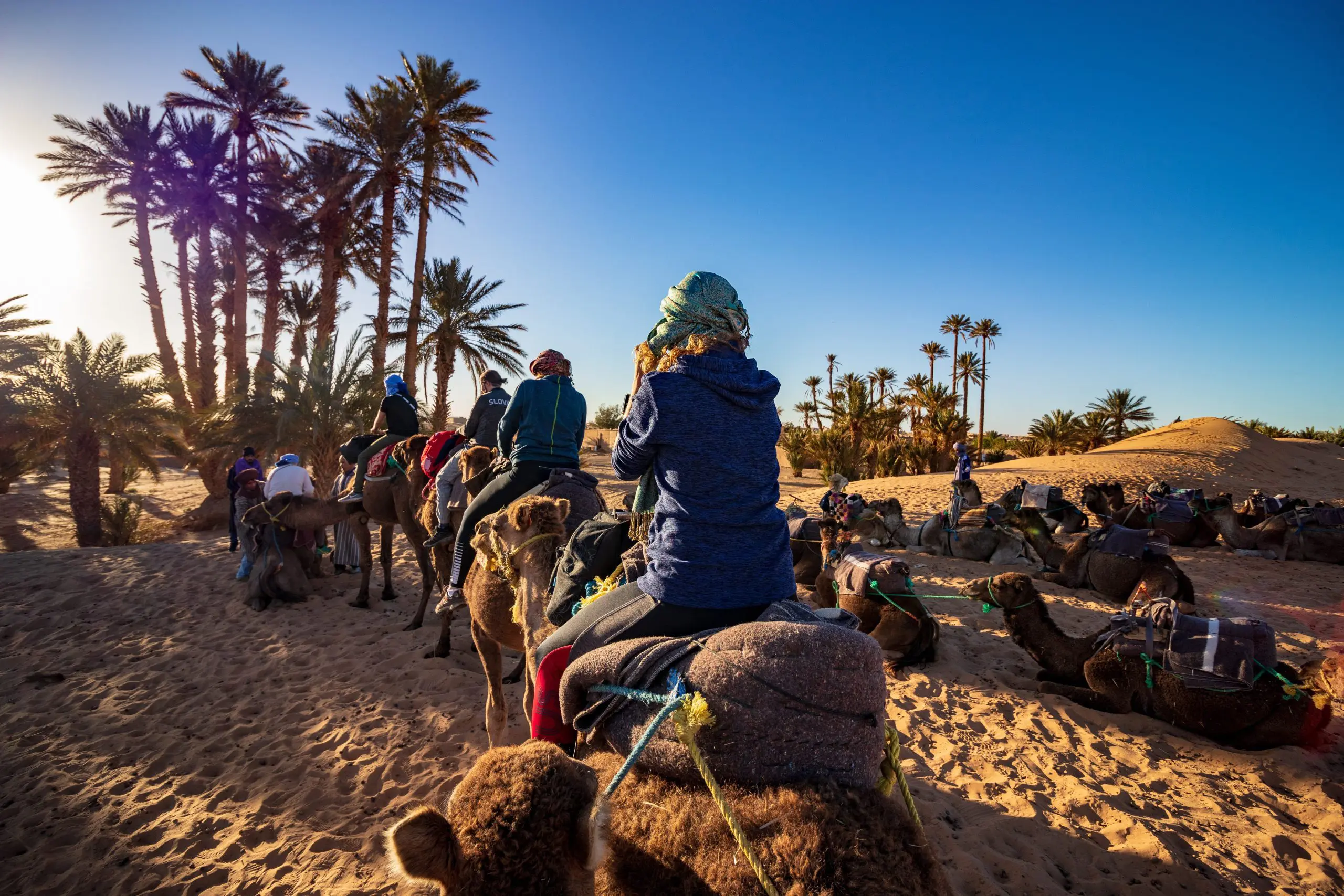 December Sale; Save 50%
December Sale; Save 50%  Croatia Sailing : Save 50%
Croatia Sailing : Save 50% Asia Tours : 50% Off
Asia Tours : 50% Off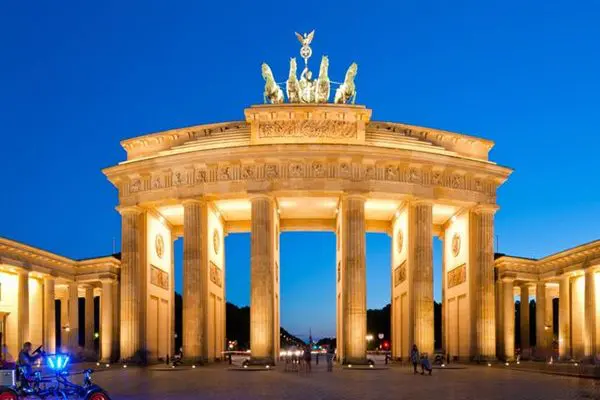 Central & Eastern Europe Tours: 50% Off
Central & Eastern Europe Tours: 50% Off  Why Travel Talk
Why Travel Talk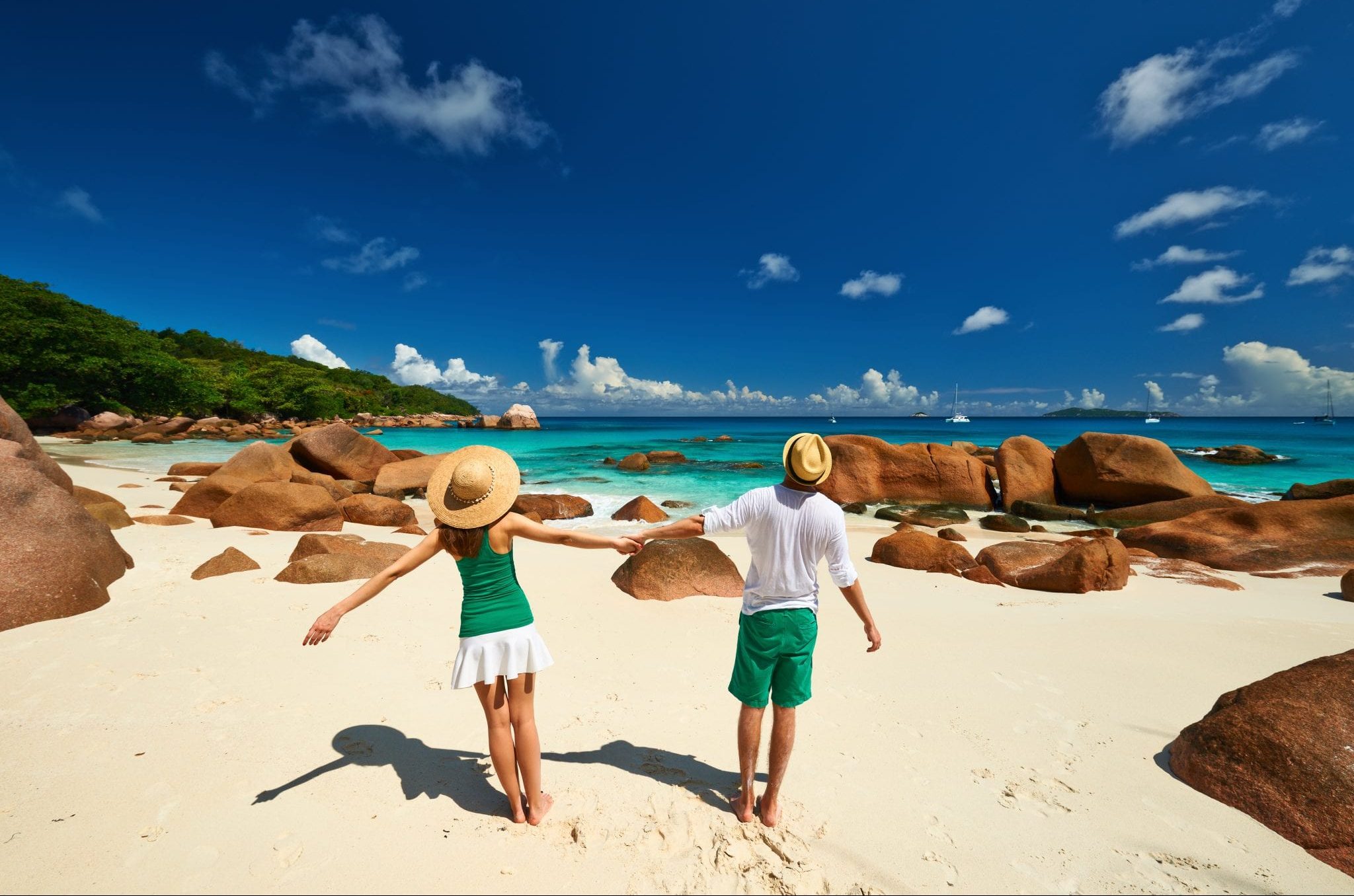 Travel Talk Blog
Travel Talk Blog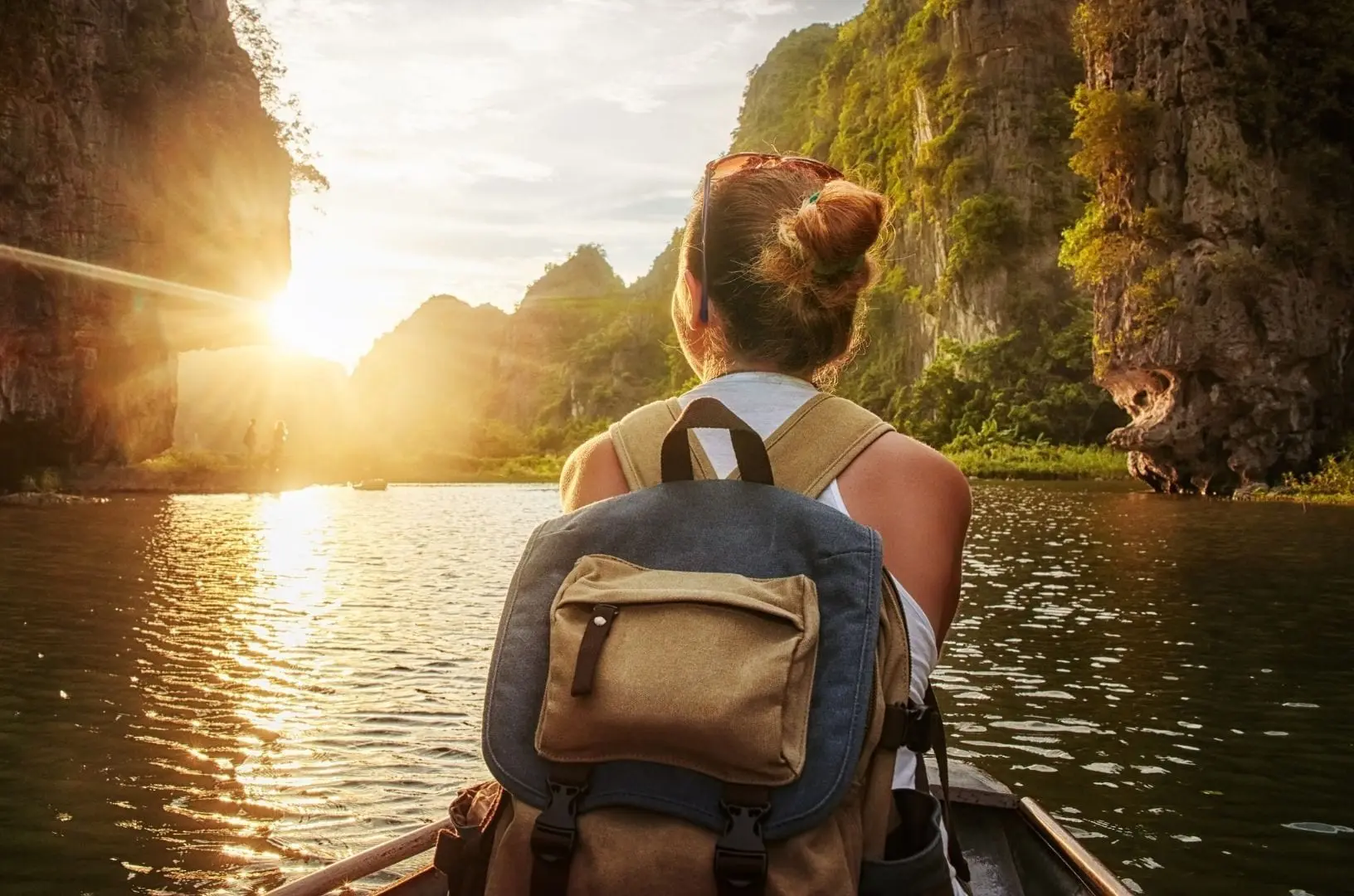 Responsible Travel
Responsible Travel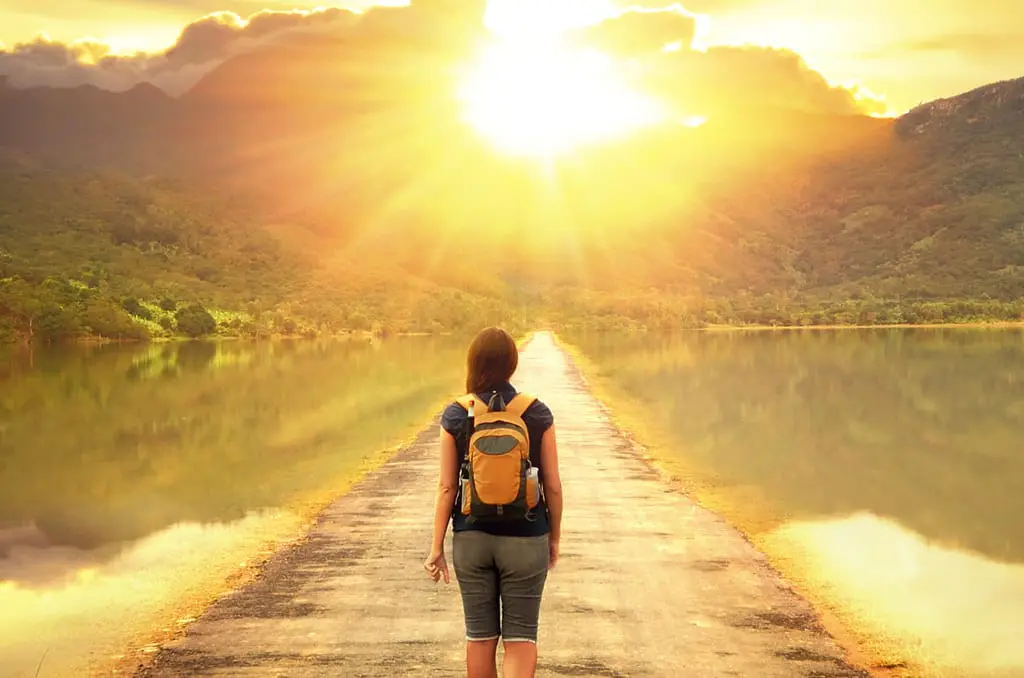 Fair Travels with Travel Talk
Fair Travels with Travel Talk